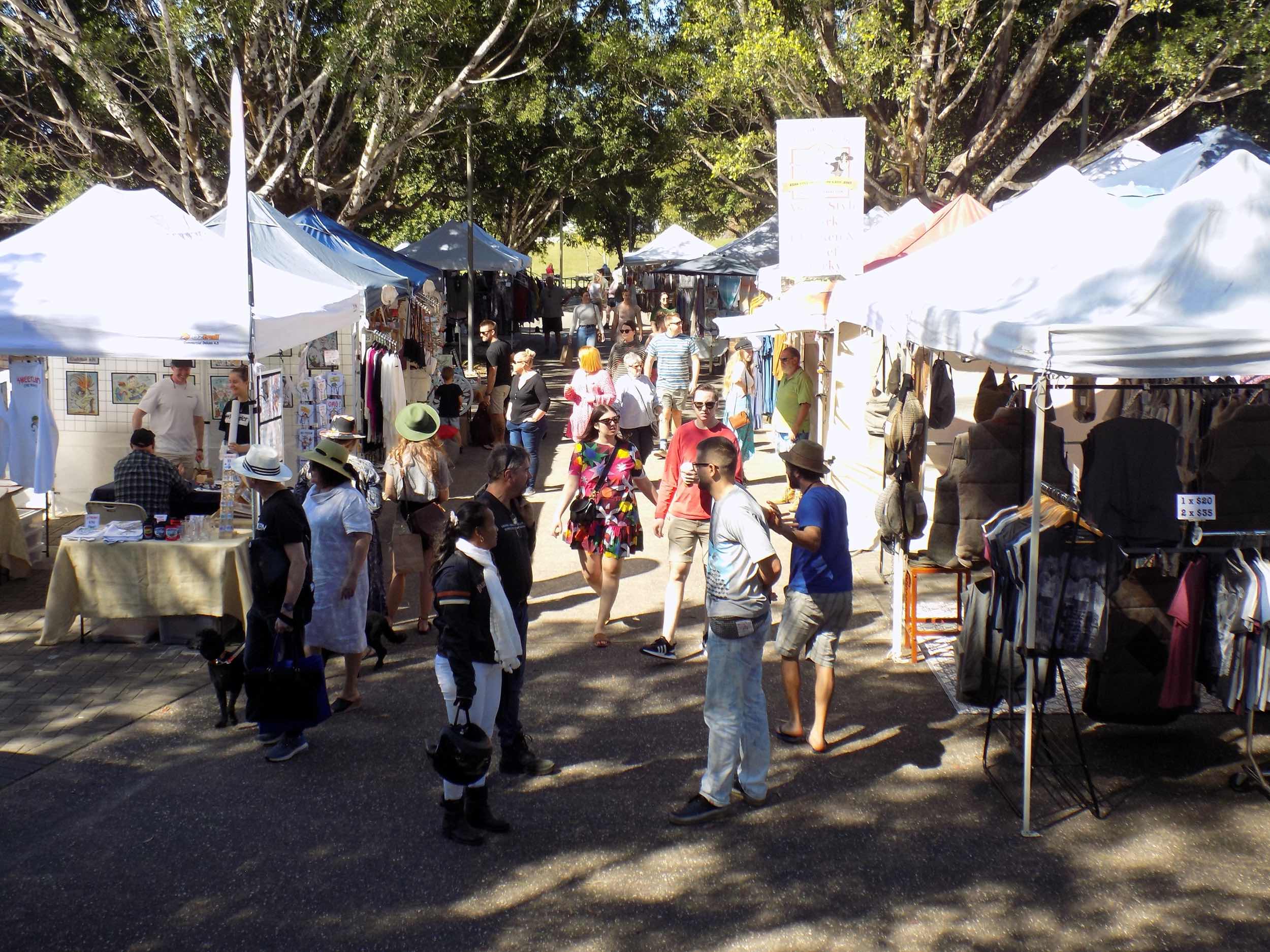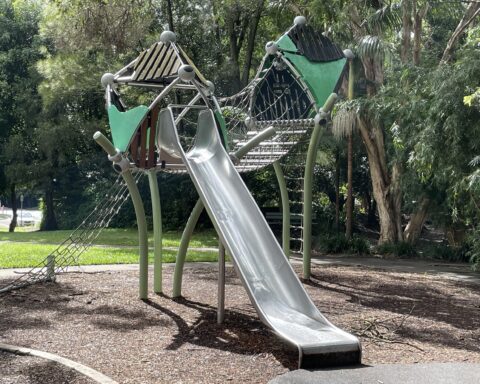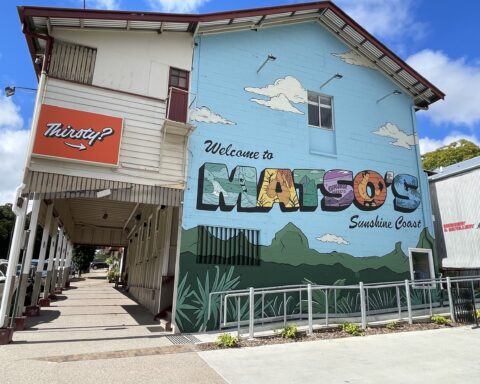Eumundi Markets: A Local Tradition and Tourist Attraction
Eumundi, a quiet hinterland town, transforms twice a week into a bustling marketplace, just a 20km drive from Noosa Heads. Over the past 40 years, the Eumundi markets on Memorial Drive have grown from a modest beginning of just three stalls in 1979 to a vibrant hub of over 600 stalls, attracting more than 1.5 million visitors annually. This market is a blend of local culture and tourist attractions, offering an array of goods from handmade crafts to unique culinary delights.
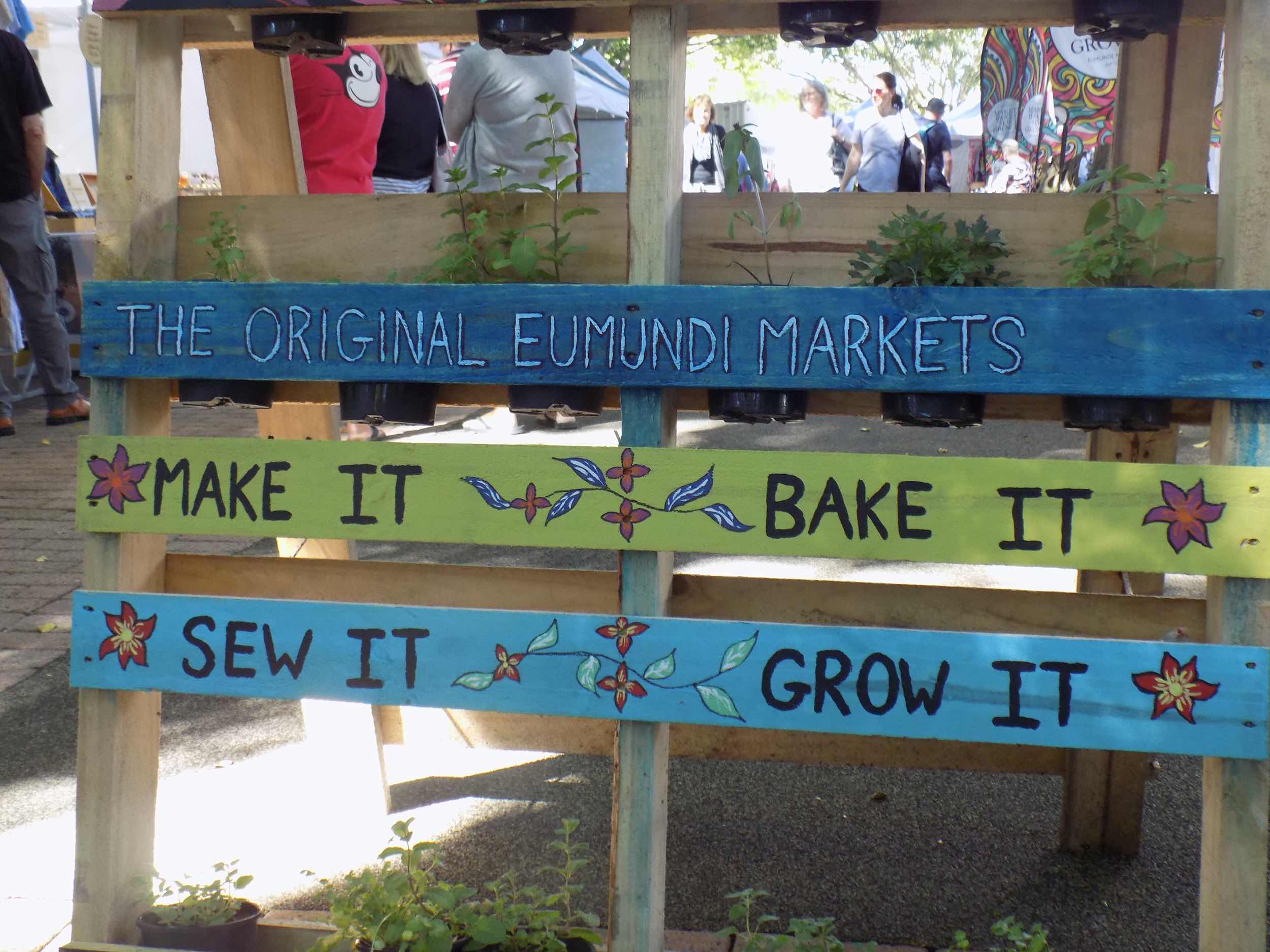
Discover Unique Handmade Goods and Local Artistry
The Eumundi markets are renowned for their diverse range of products. From handmade pottery and silver rings to original paintings and Bob Marley-themed apparel, the creativity of the stallholders knows no bounds. Visitors are not just shopping; they’re exploring the imagination and craftsmanship of the local community. Each stall has its own story, reflecting the life journeys and artistic passions of the vendors.
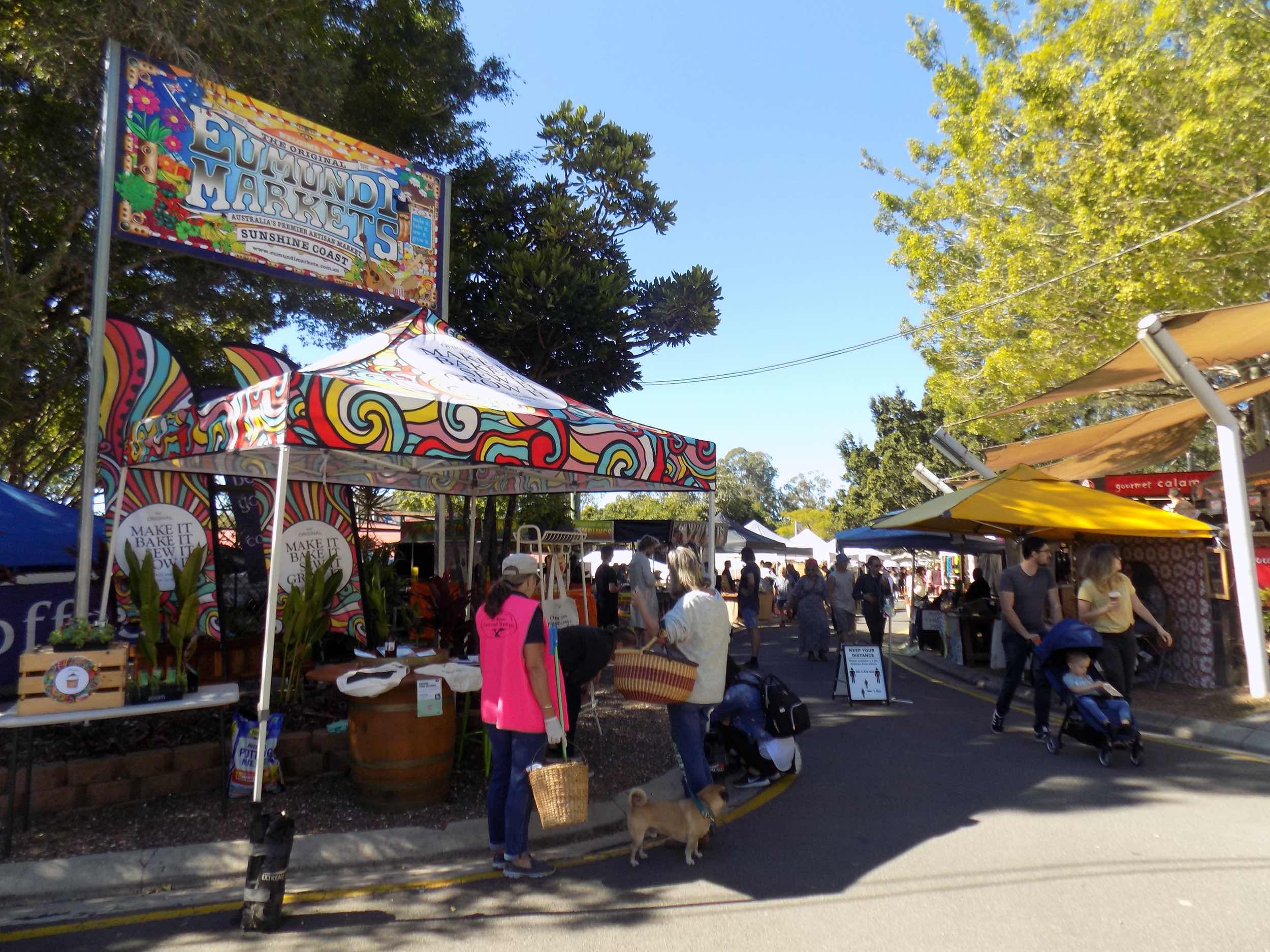
Meet the Makers: Personal Stories Behind the Stalls
One notable stallholder, Bec Lindemann of Spun Mud, showcases her exquisite pottery, a testament to her journey from working in a large pottery studio to establishing her own business. Similarly, Alejandro Etchegaray, a South American craftsman at Alejandro Amber, offers custom-made jewellery, embodying his 20-year dedication to the craft. Greg Drew, under the name ‘Jewellery by me’, brings his unique silversmithing skills, honed through personal exploration and innovation.
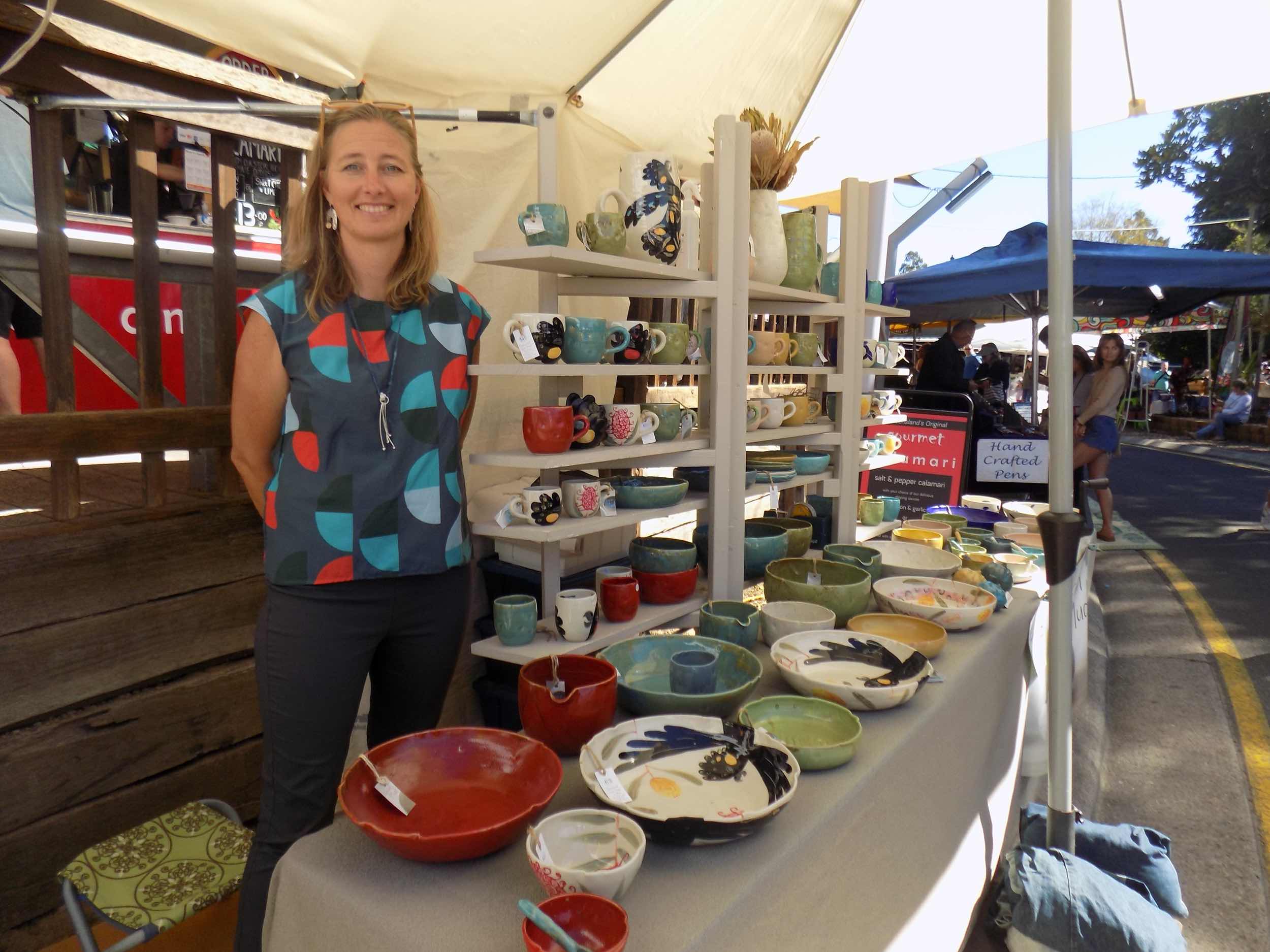
A Community of Craftsmanship and Organic Growth
The market is not just a place for buying and selling; it’s a community where craftsmen and artists like Alejandro and Greg share their skills and stories, making each visit a unique experience. Alice and Sam Caines of Life’s Good Curry Pastes, for example, turned their Southeast Asian culinary adventures into a thriving family business, embodying the spirit of the market.
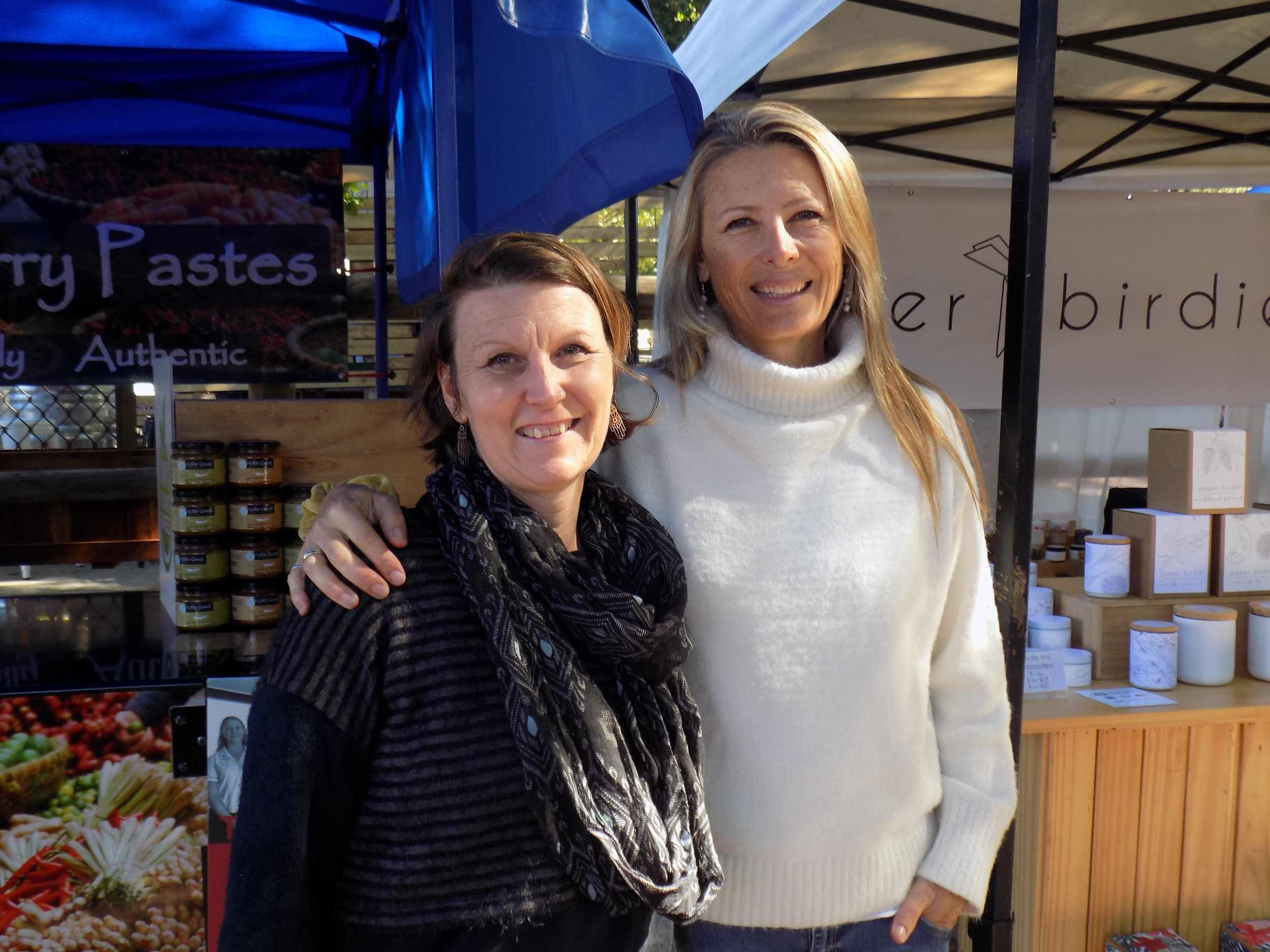
Understanding the Market’s Diversity
The Eumundi markets offer more than just shopping; they provide an immersive cultural experience. The market is divided into sections for original items and fresh produce, imported goods, natural therapies, and a food court featuring a variety of international cuisines. This diversity ensures that the market caters to a wide range of interests and tastes.
The Market as a Stepping Stone for Artists
For artists like Wayne Smith, the market serves as a vital platform to showcase their work, connect with other creatives, and draw inspiration from the community. The interaction and feedback from visitors provide invaluable motivation and insight, making the market an essential part of their artistic journey.
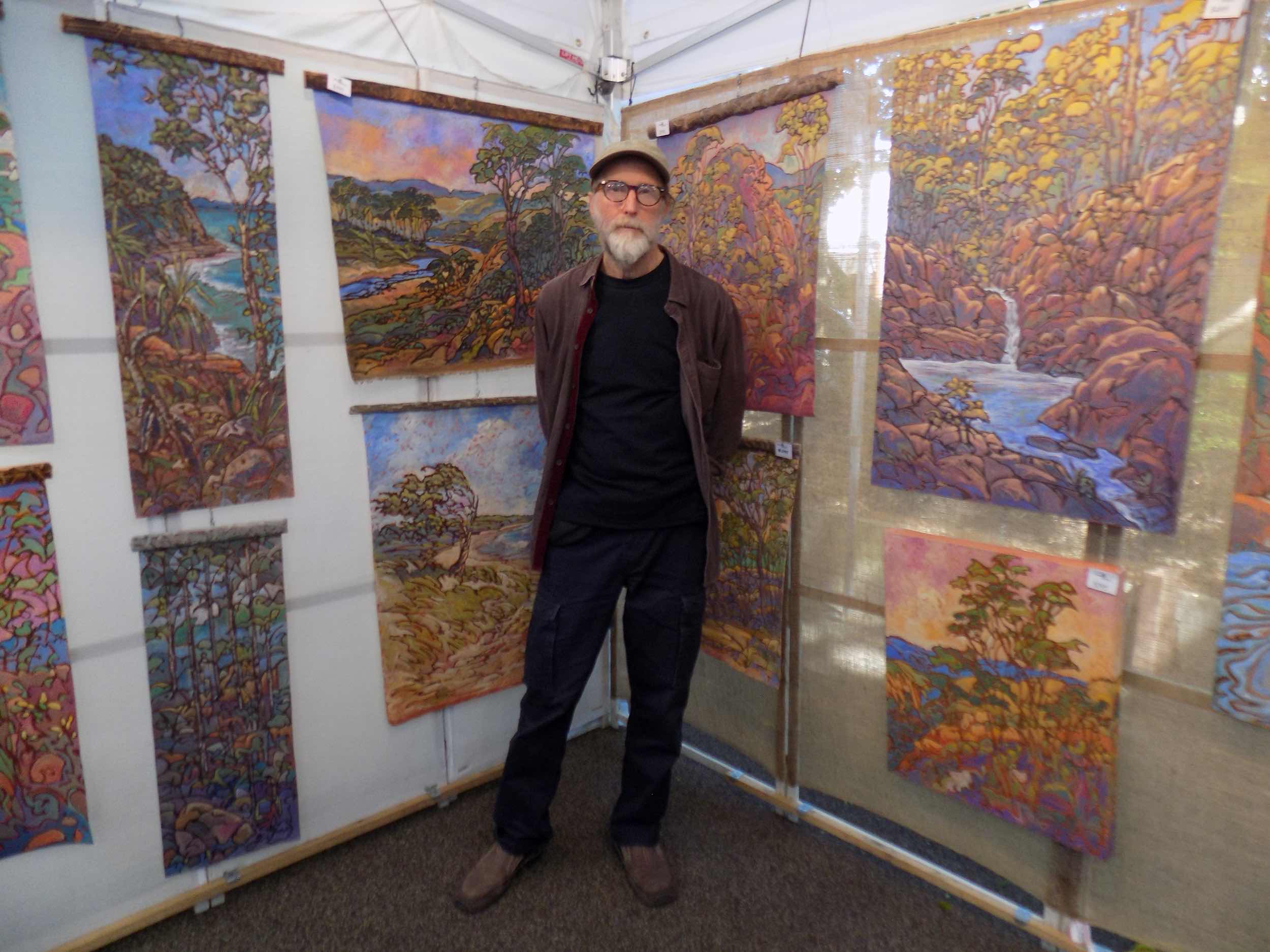
Market Tips for the Best Experience
To make the most of your visit to the Eumundi markets, consider these tips:
- Arrive early for convenient parking and a relaxed browsing experience.
- Familiarise yourself with the market layout, including the various sections for handmade goods, imports, and food.
- Engage with the stallholders to learn more about their crafts and stories.
- Dress comfortably and be prepared for the weather, bringing a hat and water.
- Take advantage of the unlimited parking available at ECCO Park on Napier Road for a charitable contribution of $6.
- Bring your pets along, as the market is pet-friendly.
- Share your experience and spread your love for this unique community gathering.
The Eumundi markets are not just a shopping destination; they’re a vibrant community of artists, craftspeople, and visitors from around the world. It’s a place where you can not only fill your shopping bags but also enrich your soul with the unique energy and creativity that define this remarkable market.

